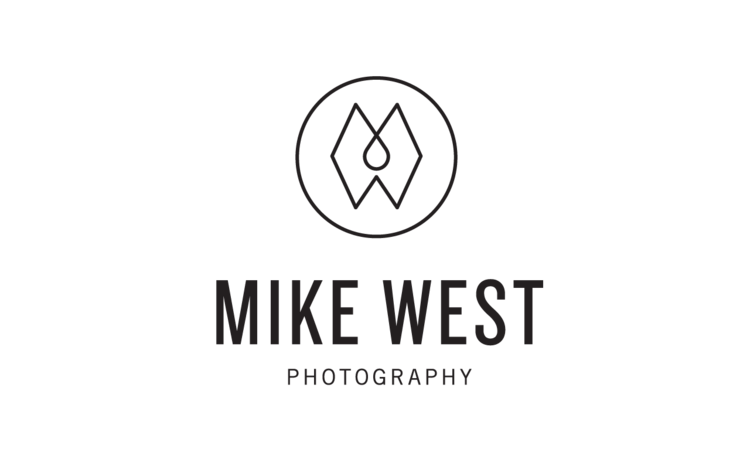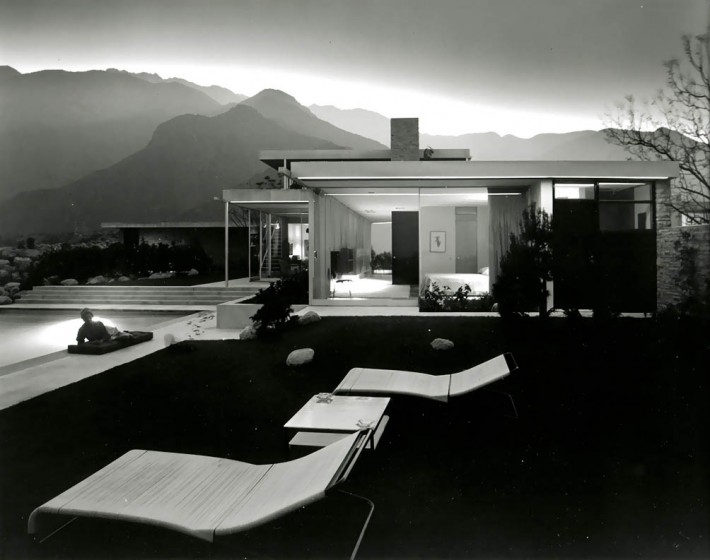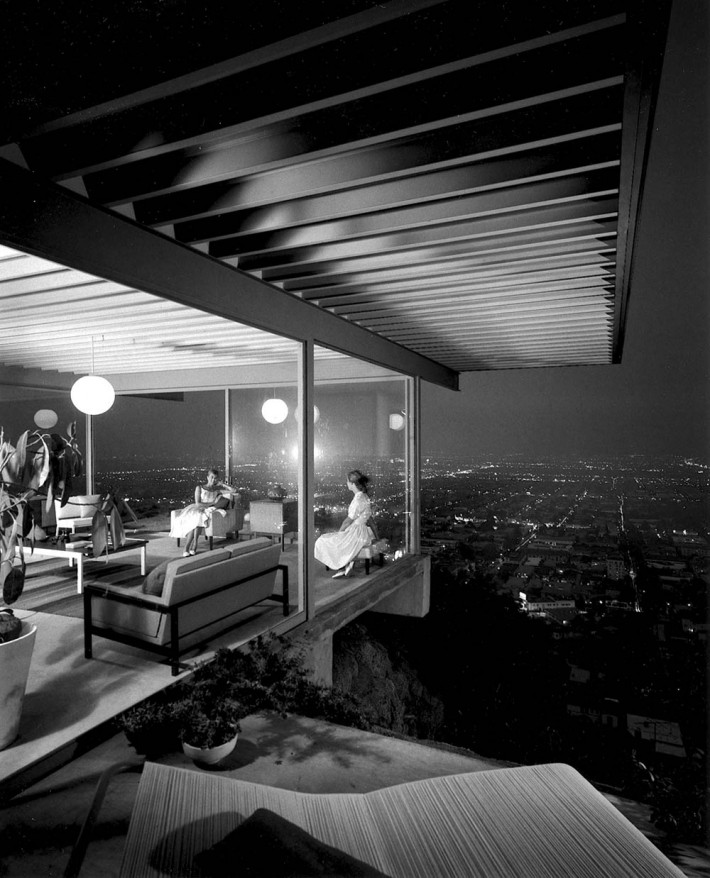The First Evolution
For your consideration, I would like to build a case for quality Architecture Photography. Please take a moment to look over the information and learn more.
A brief history:
Dating back to the 1830’s, William Talbot and J.L.M. Daguerre are often credited with the beginnings of Architecture Photography. During that time two approaches developed, the Elevation Approach and the Perspective Approach.
The Elevation Approach is as it sounds, is similar to a blueprint or a plan. It is a perspective achieved by approaching the subject head-on and creating a two dimensional image of the building. This was meant to imitate a drawing and illustrate the details as much as possible.
- The Perspective Approach is one that emphasizes the third-dimension. Normally photographed from a corner or angle viewpoint. The idea is to show how the buildings looked and bring in some surroundings. This style encourages a little more creativity and experimental efforts by the photographer.
Moving forward a bit
After World War Two was over, American’s were looking for a better life. This created a consumer driven marketplace that the media adapted to. The magazines were now delivering content and advertisements based on this "better life", by changing their approach and modeling Architecture Photography after Fashion Photography.
Julius Shulman was one of these photographers. He is also one of my favorites, a real inspiration. In his own words, “I’m a merchandiser, I am merchandising architecture”, he sums up this new Architecture Photography approach.
Below you will find a few examples of his work. Including the 1947 photograph of "The Kaufmann House" in Palm Springs, California
Must watch video of Julius Shulman at 98 years old
Today:
Now you see all kinds of photographers influenced by Julius Shulman and that era of architecture photography. Here are a few for example.
- Fernando Guerra
- Allan Crow
- Brad Feinknopf
In all of these scenes, the architecture remains paramount and that the people and props remain as props, only there to bring life to the house and put the viewer in their shoes.
This style photography requires a great attention to detail with spot-on composition. Like Julius' photographs, the images must be "Composed". This type of work requires a specific exposure for every detail highlighted on the property. Only then can the final image be built out of all of these exposures. This MUST be done manually to achieve the highest level of detail, creating an image of the highest quality.
Conclusion:
Ansel Adams said it best in my opinion, “You don’t take a photograph, you make it”. And this certainly applies here. Julius had to expose each image 3 or more times on one piece of film to create his masterpieces. He created his scenes using props and people, even propping branches up in the shot to help frame the subject. All of this developed in the 40's and 50's and started the trend of photography for marketing vs photography for documenting.
How have you included people and/or props into your shots to help merchandise?




